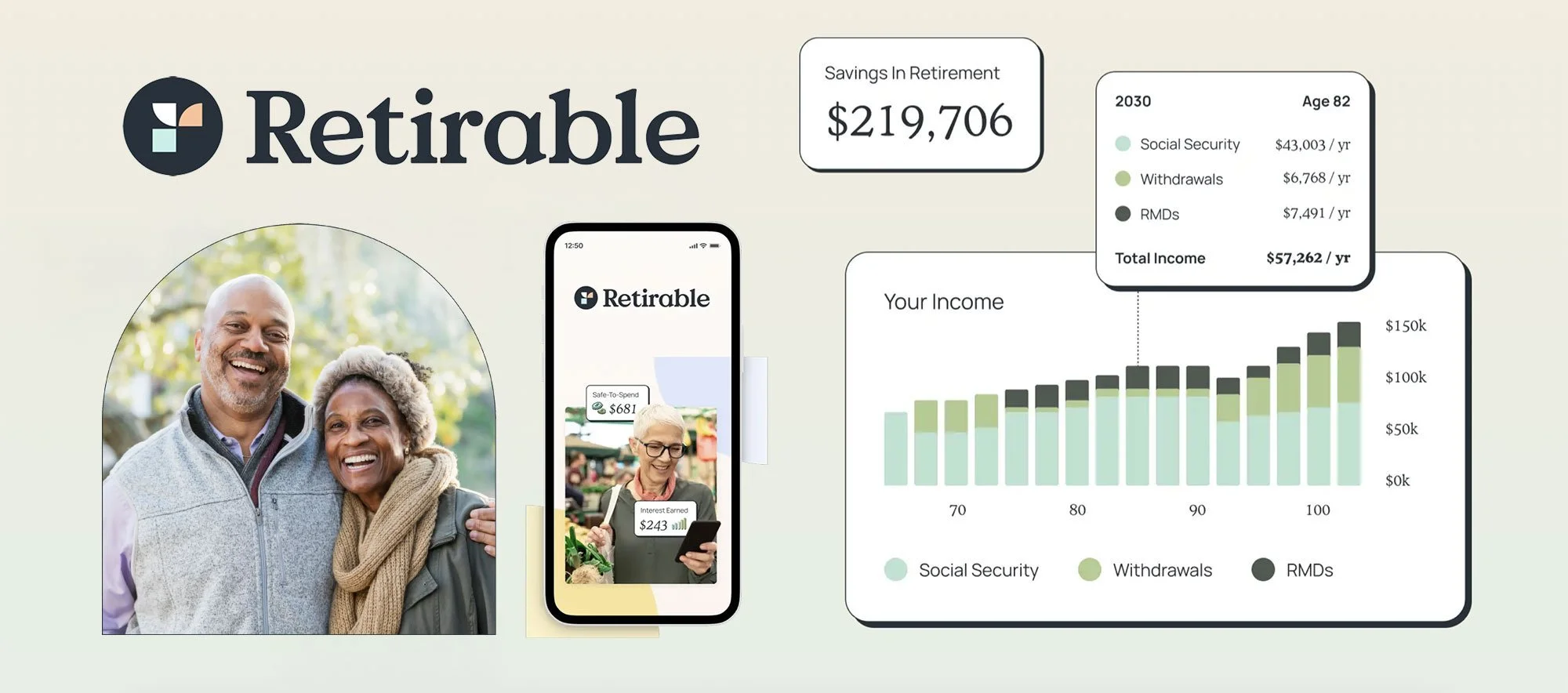By Rahul Bhide, Vice President for Economic Opportunity, and Mohit Jindal, Senior Associate for Environmental Sustainability
In recent years, the U.S. homeowners insurance market has been under intense strain, especially in states vulnerable to natural disasters. Climate change is increasing the frequency and severity of catastrophes, such as hurricanes, wildfires, and floods, while inflation and supply chain disruptions have driven up repair costs. Many traditional insurers have responded by raising premiums sharply, pulling back from high-risk regions, or exiting markets altogether, leaving millions of homeowners with few, if any, affordable coverage options. This growing protection gap disproportionately impacts families in coastal and disaster-prone areas, threatening both their financial security and the resilience of their communities.
Solution
Kin Insurance is a direct-to-consumer home insurance company that uses technology and data analytics to offer customizable, competitively priced coverage in catastrophe-prone areas often underserved by traditional insurers. Founded in 2016, Kin operates as a fully licensed carrier in several U.S. states and distributes policies directly to customers, disintermeditating the traditional broker channel and reducing costs. The company simplifies the buying process, offering transparent pricing, and using real-time property data to underwrite risks more accurately.
Why We Invested
The U.S. homeowners insurance market represents a massive and growing opportunity, with gross written premiums reaching $170 billion in 2024, up 11% year-over-year. Florida, Texas, and California, where Kin is already active, account for roughly one-third of that market, or $54 billion. Kin’s focus on these large, high-value geographies is strategic: they are markets facing both outsized climate risks and significant dislocation, where traditional insurers have raised premiums sharply, reduced coverage, or exited altogether.
Kin’s technology-driven model is designed to serve precisely these high-need areas by protecting the most important financial asset for middle-class Americans - their homes. Through granular, property-specific underwriting, Kin can better price and manage risk across multiple perils like hurricane, flood, wildfire, and more, while delivering a superior customer experience with faster quotes, claims notifications, and payouts. With its scale and track record, Kin has secured access to well-priced reinsurance and debt capital, resources unavailable to most smaller players, positioning it for sustainable growth. By combining market reach, underwriting precision, and financial resilience, Kin is building a durable platform to insure homes in the face of accelerating climate risk.
Kin finished 2024 with $495.3 million in gross written premium and $156.1 million in total revenue. Kin's operating income for the year was $12.0 million, representing a 126% increase over the prior year.
Impact
Climate change has increased the severity and frequency of disasters, driving a 24% rise in home insurance premiums between 2021 and 2024. Additionally, different houses even in the same ZIP code face different levels of risk from climate change-related risks. Traditionally, legacy carriers price risk at a zip-code level, making it difficult for them to adapt their underwriting models and approach to price insurance policies for specific properties, and so faced with this challenge, they’re choosing to pull out of offering policies in high risk areas entirely.
Kin takes the opposite approach: it applies property-level modeling by ingesting and analyzing thousands of data points about each property, enabling granular underwriting that is actuarially sound. That’s what enables Kin to enter and expand in such dislocated home insurance markets when others abandon them. Access to home insurance protects the most significant asset and source of wealth creation for middle-class Americans. Without it, borrowers can’t close or refinance mortgages, and communities rely on slower government-established plans (ex. CA’s FAIR plan) for coverage.












